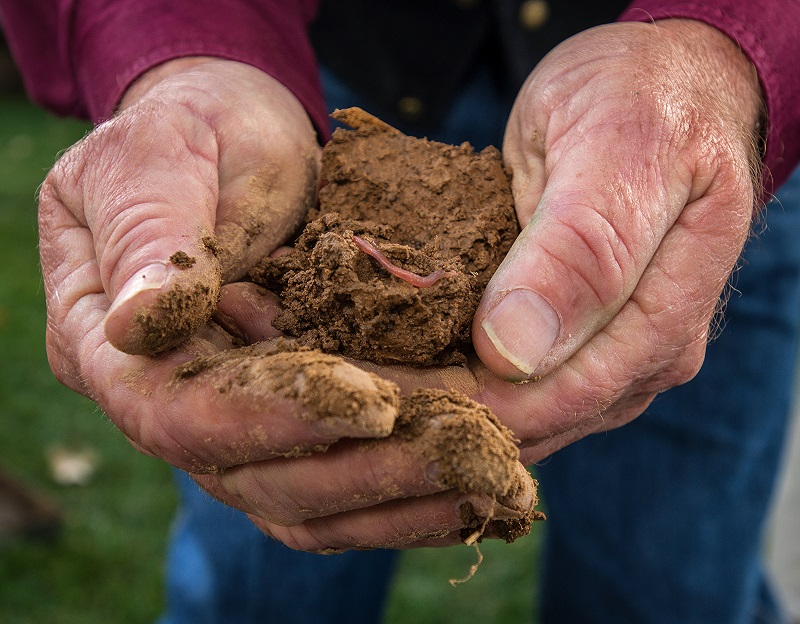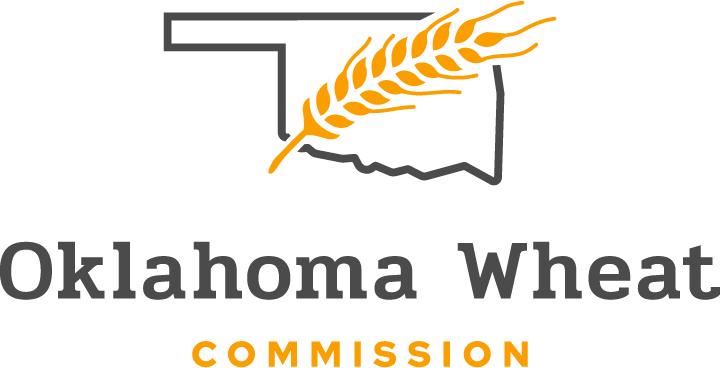
Agricultural News
USDA Awards 45 Projects to Advance the Next Generation of Natural Resources Conservation
Tue, 15 Sep 2015 11:45:33 CDT

U.S. Department of Agriculture Secretary Vilsack Tuesday announced the award of $20.5 million for 45 projects to develop and advance the conservation of natural resources. These projects include efforts to increase habitat for pollinators, develop new ways to attract private investment in natural resource conservation, give agricultural producers greater access to greenhouse gas markets, and help farmers and ranchers make their operations more resilient to climate change.
"This year's slate of projects is truly outstanding," Vilsack said. "Our partner awardees are progressive and forward-thinking and looking to solve natural resource problems, and also engaging with underserved farmers and ranchers."
Oklahoma will receive more than $1.6 million dollars to fund three projects with the Oklahoma Black Historical Research Project, the Samuel Roberts Noble Foundation and Oklahoma State University. The funding will provide support for outreach projects to remove red cedar trees, soil health efforts through cover crops and pasture management, along with improving irrigation management.
Seven of the approved grants support conservation technologies and approaches to help farmers and ranchers who historically have not had equal access to agricultural programs because of race or ethnicity, who have limited resources, or who are beginning farmers and ranchers.
Approximately half of this year's funding supports environmental markets projects in three categories: water quality trading, greenhouse gas markets, and for the first time impact investments in working lands conservation.
"We've had tremendous success in recent years supporting environmental markets projects," Vilsack said. "This year we are funding the next generation of projects, scaling up in some areas and working in new parts of the country."
Here is a list of projects that are being funded in Oklahoma:
Oklahoma Black Historical Research Project ($702,287) proposes to improve equipment to mechanically remove eastern red cedar trees, establish a grass management plan to prevent red cedar from returning, access the value of the trees and of mechanical removal over alternate methods, and use the wood as a product to offset some of the producer's expenses creating an added-value process to benefit producers.
The Samuel Roberts Noble Foundation ($155,975) proposes to demonstrate and quantify the effects of summer cover crops on clean-till and no-till winter pastures under grazing. The project will assess the impacts of adding cover crops on pasture forage production and soil properties and will quantify the economics of stocker cattle production using these alternative management systems relative to current management systems.
Oklahoma State University ($772,029) proposes to create and dissipate educational material such as fact sheets, video clips, radio podcasts, etc. on different types of sensors for agricultural irrigation management through the network of county extension educators, conservation district personnel, NRCS personnel, crop consultants and producers. In addition, they aims to establish demonstration sites at several eligible producers' farms and hold field days to provide hands-on training for different aspects of sensor-based technologies from site selection to proper installation and data interpretation.
Below is a small sample of this year's awardees and their projects:
-- Iowa State University received $760,897 to develop and accelerate the adoption of innovative approaches to monarch butterfly conservation, with focus on developing methods appropriate for use in the agriculturally-intensive Midwestern U.S. corn and soybean production regions.
-- Nuestras Raices received $811,148 to provide guidance on environmentally sound growing practices and develop a language and culturally appropriate training program to support the production of Caribbean Latino specialty crops in the Northeast.
-- Environmental Defense Fund received $960,000 to create the first large scale pilot project generating greenhouse gas credits from nutrient management practices on corn and almond farms.
-- The Farm Foundation received $685,990 to collect, analyze, and disseminate site-specific soil health and economic information related to cover crops and no-till to producers interested in adopting these soil health improving practices.
-- Indian Land Tenure received $295,000 to adapt greenhouse gas protocols and increase engagement and participation of Indian Tribes in greenhouse gas markets.
-- The Nature Conservancy received $498,000 to demonstrate the potential of carbon markets as a viable financial instrument, enrolling 50,000 acres of rangeland in North and South Dakota in a carbon offset program.
-- Partners for Western Conservation, including the Colorado Cattlemen's Association and the States of Nevada and Utah, received $279,400 to develop a pay-for-success investment instrument for wildlife habitat and water quality conservation. The State of Nevada will pilot the instrument as part of its efforts to conserve Greater sage-grouse habitat.
A full list of recipients is available by clicking here:
Conservation Innovation Grants, administered by the Natural Resources Conservation Service, stimulate the development of innovative approaches and technologies for conservation on farms, ranches, and forest lands. Funding for CIG comes from the Environmental Quality Incentives Program, part of the 2014 Farm Bill. At least 50 percent of the total cost of CIG projects must come from non-federal matching funds.
NRCS has offered Conservation Innovation Grants since 2004, investing in ways to demonstrate and transfer efficient and environmentally friendly farming and ranching. Grants have helped develop trading markets for water quality and have shown how farmers and ranchers may use fertilizer, water and energy more efficiently. Since 2009 through this year's funding, 368 projects have been awarded for a total $146 million investment in novel conservation.
For more on this grant program, visit USDA's Conservation Innovation Grants webpage.
WebReadyTM Powered by WireReady® NSI
Top Agricultural News
More Headlines...




















